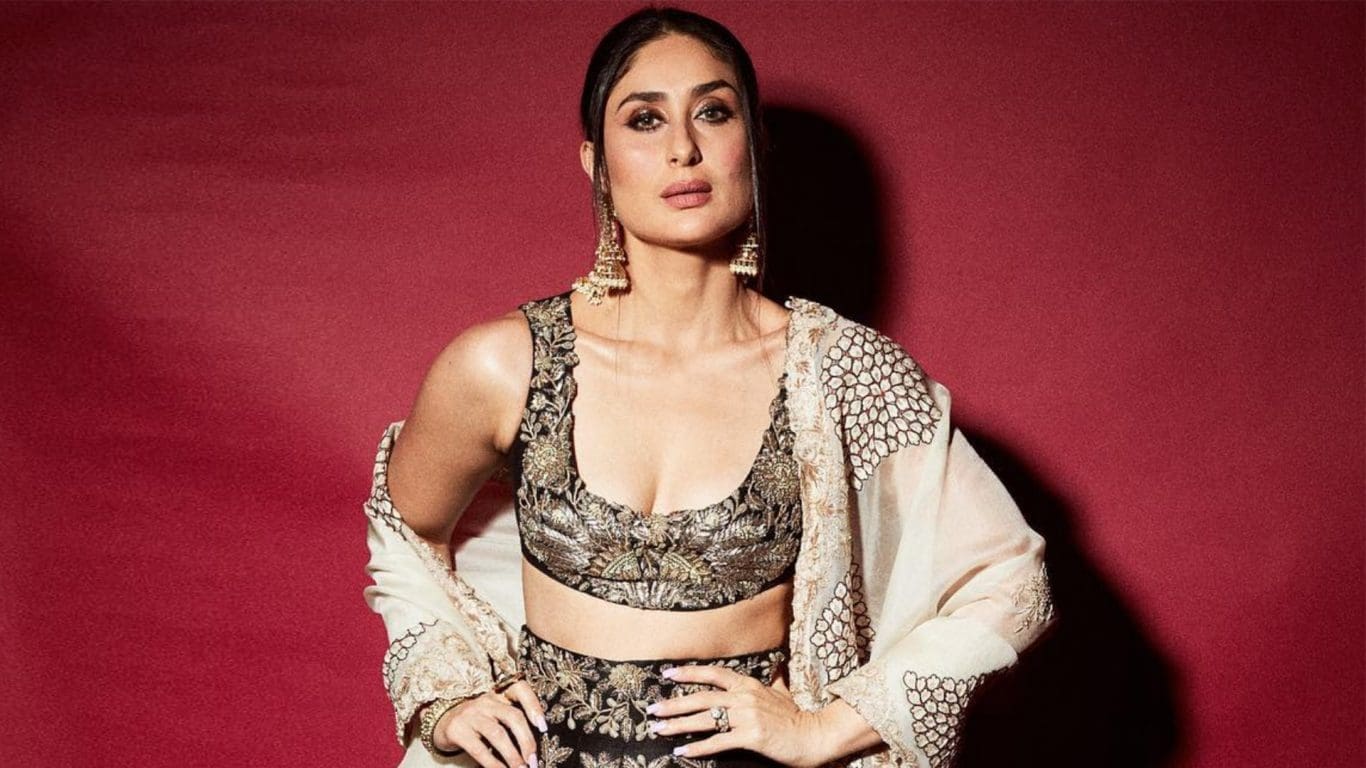India has an abundance of textiles and traditions, gorgeous fabrics and embroidery that Indian designers utilize. However, there is more to a brand or designer label; the people behind it – who make it a success. Weavers, embroiderers and daily wage laborers, who receive a lot less than what it is sold for.
We, as consumers, need to understand and appreciate the work behind it and empower them, as we cannot afford to lose this generational craft making traditions and/or the karigars.
In absence of artisans, there will be no designer community, and ultimately no exquisite handmade quality handicrafts to cherish. We can consciously incorporate local textiles into our wardrobes to keep our crafts-persons, weavers and artisans flourishing.
Addressing this issue of economic divide, the Baradari project aims to safeguard the craftsmen, embroiderers, weavers and artisans who are at the bottom of the fashion food chain. Also, the current pandemic situation adds to their struggle.
Who? What? When?
Baradari project founded by journalist Namrata Zakaria, along with Tina Tahiliani Parikh, founder of e-commerce platform Ensemble, Pareina Thapar, co-founder of Longform, have organized a fundraiser, from 7 August to 15 August 2020 on Ensemble.
More than 100 Indian fashion designers like Sabyasachi, Tarun Tahiliani, Abu Jani-Sandeep Khosla, Manish Malhotra, Anamika Khanna, Rahul Mishra, Raw Mango, Monisha Jaising and Masaba Gupta have donated their signature clothes for the e-commerce sale to raise money for the artisan communities.
Kareena Kapoor Khan is being the face of the project, to promote and voice to support the initiative.#VocalForLocal
This project seeks to bridge the gap between designers and artisans. The entirety of funds collected will be dispersed of artisan communities such as The Social Welfare of Handlooms and Handicrafts (SWHH), the only women-only cluster in Chirala, Andhra Pradesh, which is a centre for most of the cotton and silk weaving in South India. Other organisations associated with farmers, spinners, weavers, dyers and tailors at the core of the supply chain will benefit from the proceed.


